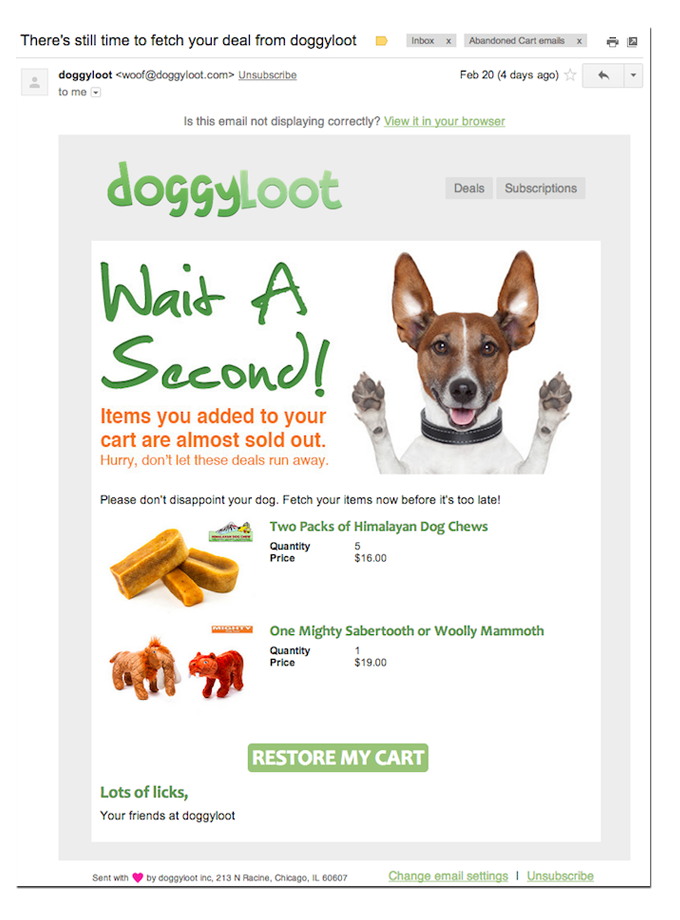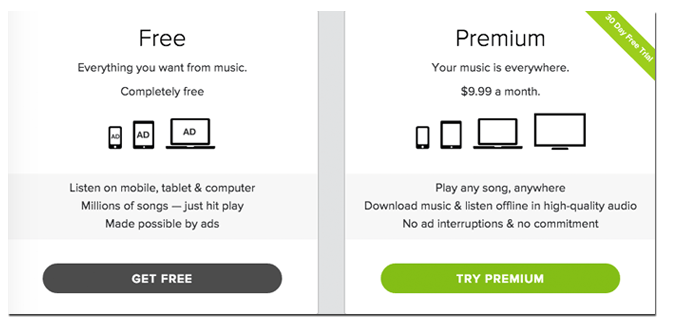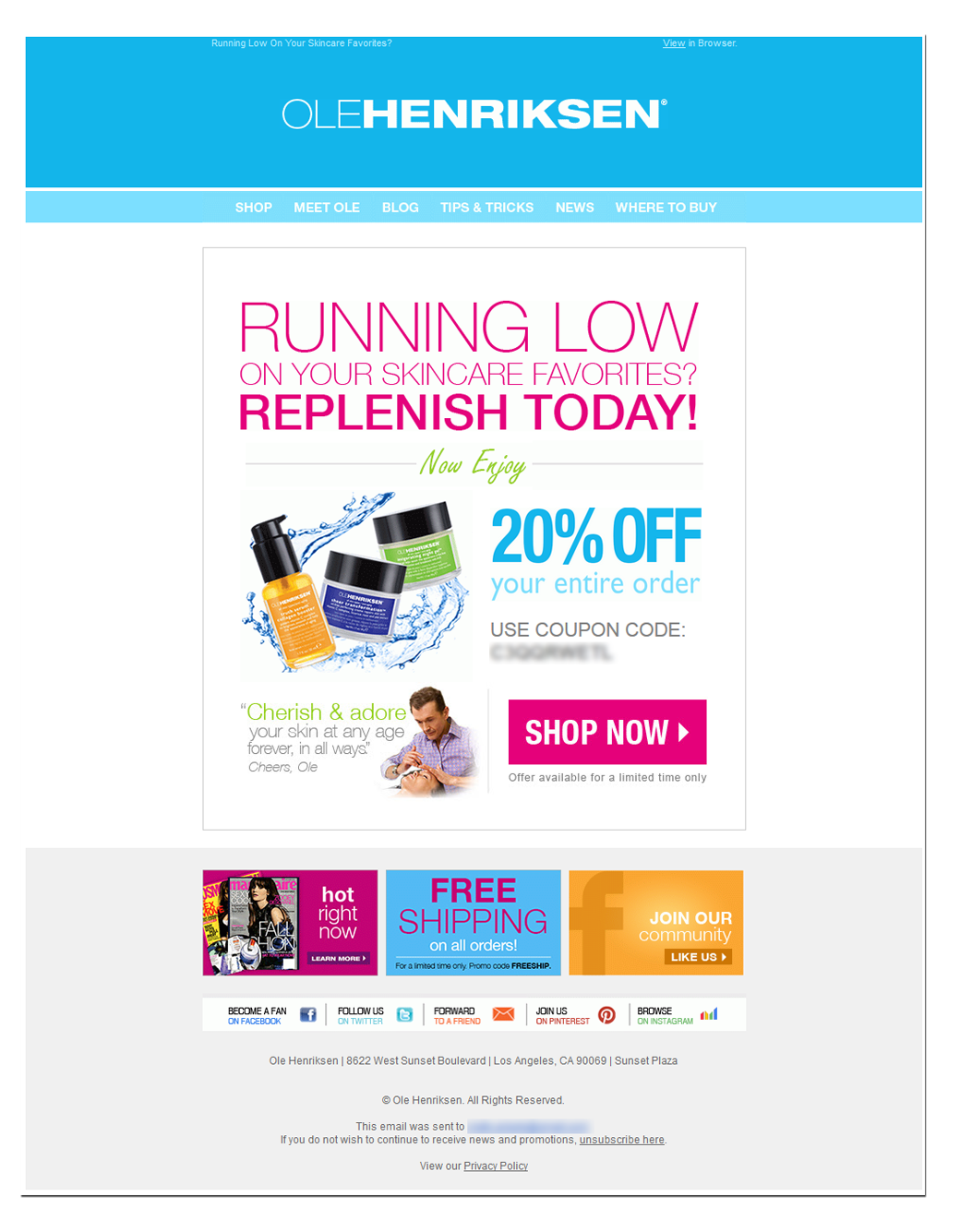



Remarketing should be seen as the art of closing in on a customer who has shown a high interest in your brand and products, and keeping them close ever after.
One could argue that remarketing is the easiest form of marketing. It is true in the sense that it targets consumers that are already engaged with your brand and products. Remarketing is addressed to the people reaching the very end of the customer journey. Identifying and solving the reason why a customer didn’t complete their purchase will make the process very worthwhile conversion-wise.
What is remarketing?
Unlike thoroughly planned marketing strategies, remarketing does not make you start from scratch. Remarketing should be seen as the art of closing in on a customer who has shown a high interest in your brand and products, and keeping them close ever after.
But let's clear things up a bit first. Remarketing is a wide topic and may refer to many practices, as it basically encompasses any repeated contact of a customer or potential customer with your brand or product, online but also offline.
Remarketing is also often wrongly assimilated to retargeting. Retargeting is actually one way to do remarketing, but relying a lot if not exclusively on display campaigns and pay-per-click ads.
Retargeting in short: Retargeting is based on data collected from the pages you visit and ads you click. Google will facilitate your retargeting process by simply asking you to tag the pages you want to be used for further ad display. When visiting your pages, cookies will be collected and they will enable ads that you have created to be displayed on the visitor's browser later, after leaving your website.”
There are various channels that a marketer can use to reach the consumers. Social Media and SMS have proven their worth, but they still cannot beat the good old email. So we will use the email medium to develop the three most common practices in remarketing, by increasing order of customer engagement with a brand or company.
The abandonment of shopping carts is an issue that every eCommerce and online retailer has to face. As a matter of fact, today's abandonment rate is close to 80% (Listrak). On average, only 3 out of 100 visitors of a website will complete an order during a visit on an eCommerce platform. However, all those abandonments must not be seen as a loss, but as an opportunity. As they say, when life gives you lemons...
Whatever the reason of abandonment, it has to be identified and be taken care of. When a shopping cart is abandoned, the email follow-up should be done as soon as possible, ideally within the hour. Being that responsive is not possible manually, so this is where automation comes into play.
The main reason for cart abandonment is high shipping costs. These can rarely be avoided. In this case your best chance to get a customer to complete their purchase is to provide a discount. You must offer the discount very visually, and show the customer not only the discount percentage but the amount of money they are actually saving thanks to it. Do not forget either that a discount should be a reward for completing a purchase fast. Thus it should be valid for a few hours only after receiving the email.
A succesful shopping cart reminder typically contains:
Call-to-Action: The emails you send should contain very visible and appealing Call-to-Action buttons. This rule doesn't apply only to shopping cart abandonement emails, but also to marketing emails in general. Providing an obvious way back to your website for the customer through CTA's is as important as the content of the message itself.

Image: Doggyloot created some very visual, catchy and funny cart reminders. Finalizing the purchase also seems very easy.
When a customer has eventually completed a purchase through your platform, you should be in possession of all the information you need to build a relationship. Upselling and cross-selling are more delicate processes than shopping cart abandonment emails. If your product or service suggestions are not closely enough related to the original purchase, or if you are pushing an upgrade that does not feel appropriate, the customer will rapidly feel that you are only trying to milk their wallet and won't become loyal to your brand. A good customer experience is essential and will do you more good on the long term than a slightly bigger first purchase order.
You can start right after the first purchase with a thank you message, that will also provide an array of products to pair with the recent purchase and that would be sent with the same order, thus saving on shipping fees. Service platforms pretty much always suggest one or several premium versions of the service.

Image: When trying to register to Spotify for free, the upsell offer is a suggestion of the Premium account, with the incentive of a free trial.
Implementing drip-campaigns will assure you that the customer does not forget about you easily. The data gathered during the first purchase will make it easy for you to time your follow-up campaigns.
Lifecycle marketing is particularly simple for products whose replenishment frequency is well known. That way, according to the regular use or consumption of your product, you know when to send a timely marketing email to the customer, proposing an offer for their replenishment purchase.

Image: Ole Henriksen has got it all right. A well-timed email, a very visible discount and flashy CTA.
Remarketing is still widely underused, and still more than 2 out of 3 companies are not using remarketing techniques. Remarketing processes should be included in most business strategies as soon as possible, regardless of their size. Since the number of companies not using it is still quite high, the competitive advantage that you would get over your competitors could make a huge difference. It should also be pointed out that remarketing can be a win-win situation for both the retailer and the consumer, as it increases sales, while the latter is regularly proposed discounts and relevant product offers.
But we will let the numbers speak for themselves. In 2013, only 26% of eCommerce were using remarketing processes. About a third of website visitors fill a cart, and all but a few leave the website without completing a purchase. But considering the high interest required to fill a basket, remarketing emails see a way higher conversion than regular marketing emails. That is in part because the customer, knowing what this is about, is more likely to open the email: 57% of remarketing emails are opened, against 21% of regular marketing emails (Salecycle). What's more, roughly a third of clicks on these emails lead to a purchase.
It is powerful, and very profitable in comparison with the resources it require, and all the data you need from the customer to get started is an email address.
If this topic got you interested, we would be happy to hear from you. We've created the emailing solution LianaMailer and the marketing automation tool LianaCEM for this purpose, with efficiency and simplicity as our main focus. Let's see together how we can apply this to your business !
Sources and further insights:
Neil Patel: Remarketing Made Simple: A Step-by-Step Guide
Steven MacDonald: The Power Of Email Remarketing
SaleCycle: The Retailer's Guide to Remarketing
Tilaa kuukausittainen uutiskirjeemme joka sisältää aina uusimmat mielenkiintoiset artikkelit.
Key opinion leader surveys can be done as one-off by monitoring the current situation. In the best case, however, finding influencers is a part of everyday communications and marketing that includes social media and media monitoring, press releases and PR.
Read More